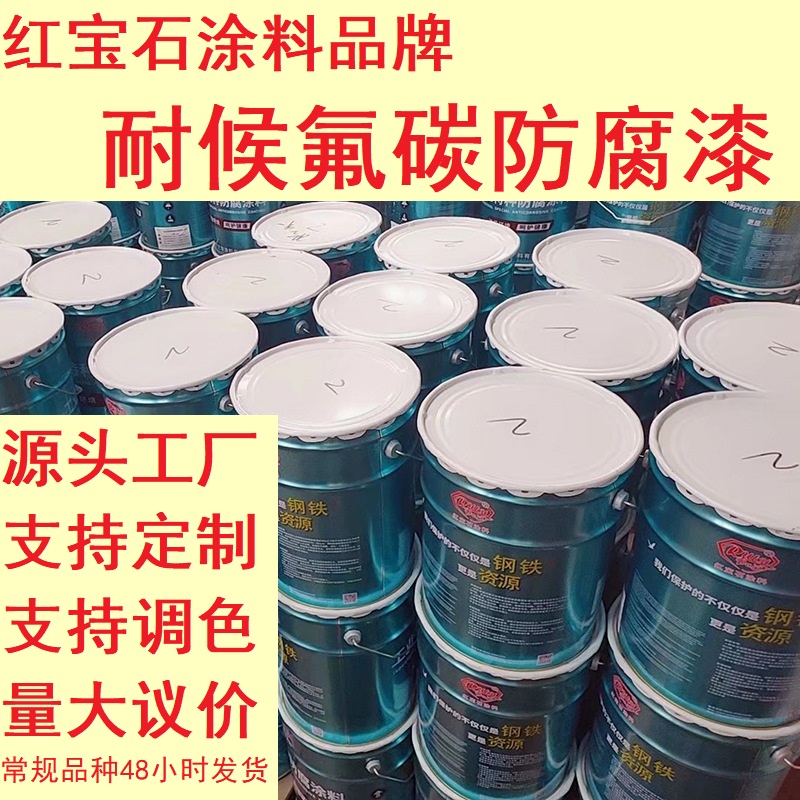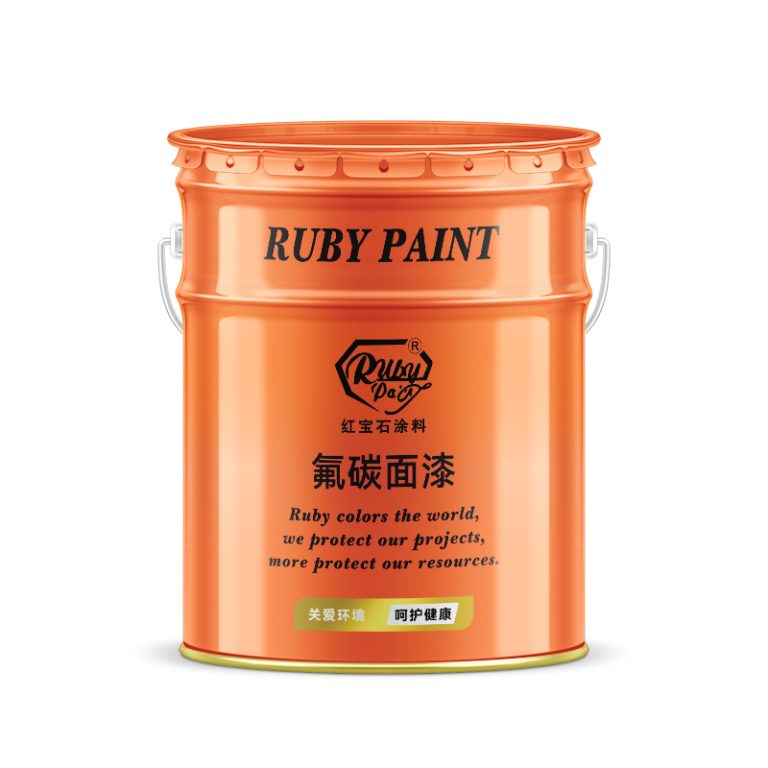Table of Contents
Optimisation du débit : stratégies pour accroître l’efficacité des lignes de peinture industrielle
Les lignes de peinture industrielles jouent un rôle crucial dans divers processus de fabrication, fournissant un revêtement protecteur à des produits allant des automobiles aux appareils électroménagers. Cependant, l’optimisation du débit de ces lignes de peinture est essentielle pour les fabricants qui cherchent à améliorer leur efficacité et à réduire leurs coûts de production. En mettant en œuvre des approches stratégiques, les entreprises peuvent maximiser le débit et atteindre une plus grande efficacité opérationnelle.

Durabilité dans les lignes de peinture industrielles : pratiques et technologies respectueuses de l’environnement
Le rôle de l’automatisation et de la robotique dans les lignes de peinture industrielles modernes
Les lignes de peinture industrielles jouent un rôle crucial dans divers secteurs manufacturiers, apportant la touche finale à des produits allant des automobiles aux appareils électroménagers. Ces dernières années, l’intégration de l’automatisation et de la robotique a transformé le paysage de ces lignes de peinture, révolutionnant l’efficacité, la précision et la productivité globale. Cet article se penche sur le rôle central de l’automatisation et de la robotique dans les lignes de peinture industrielles modernes, en soulignant leur impact sur la qualité, la rentabilité et la durabilité environnementale.
Traditionnellement, les lignes de peinture industrielles s’appuyaient fortement sur le travail manuel pour des tâches telles que la préparation des surfaces, peinture et inspection de la qualité. Cependant, les processus manuels étaient intrinsèquement sujets à des incohérences, entraînant des variations dans l’épaisseur du revêtement, la finition de surface et la qualité globale du produit. De plus, le travail manuel entraînait souvent des délais de traitement plus longs et une augmentation des coûts opérationnels.
Entrez dans l’automatisation et la robotique. Ces technologies avancées ont révolutionné les lignes de peinture industrielles en automatisant divers processus, réduisant ainsi les erreurs humaines et améliorant l’efficacité globale. Les systèmes automatisés sont capables d’appliquer un revêtement précis et uniforme, garantissant une qualité constante sur tous les produits fabriqués. En rationalisant les processus et en minimisant l’intervention humaine, l’automatisation a considérablement réduit les temps de traitement, conduisant à un débit plus élevé et à une productivité améliorée.
L’un des principaux avantages de l’automatisation dans les lignes de peinture industrielles est sa capacité à améliorer le contrôle qualité. Des capteurs et des systèmes de surveillance avancés permettent une inspection de la qualité en temps réel, permettant une détection et une rectification immédiates de tout défaut ou incohérence. Cette approche proactive garantit non seulement une qualité supérieure des produits, mais minimise également la probabilité de reprises ou de rappels coûteux.
En plus des améliorations de la qualité, l’automatisation a également permis aux fabricants de réaliser d’importantes économies. En optimisant l’utilisation des ressources et en minimisant les déchets, les lignes de peinture automatisées contribuent à réduire les coûts opérationnels associés à la main-d’œuvre, aux matériaux et à la consommation d’énergie. En outre, l’efficacité et le débit accrus permis par l’automatisation permettent aux fabricants de répondre à la demande croissante sans nécessiter d’investissements importants en infrastructure ou en main-d’œuvre supplémentaire.
Cependant, l’avantage le plus convaincant de l’automatisation dans les lignes de peinture industrielles est son impact positif sur la durabilité environnementale. Les systèmes automatisés sont conçus pour minimiser la production de déchets et réduire l’empreinte environnementale en optimisant l’utilisation de la peinture et en recyclant les ressources dans la mesure du possible. De plus, en garantissant une application précise du revêtement, l’automatisation contribue à minimiser les pulvérisations excessives et les émissions, atténuant ainsi les risques environnementaux potentiels associés aux processus de peinture traditionnels.
L’intégration de la robotique améliore encore les capacités des lignes de peinture automatisées, permettant une flexibilité, une précision et une efficacité encore plus grandes. adaptabilité. Les bras robotiques équipés d’outils avancés en bout de bras peuvent naviguer dans des géométries complexes et appliquer des revêtements avec une précision inégalée. Ce niveau de précision améliore non seulement la qualité des produits, mais permet également aux fabricants d’explorer de nouvelles possibilités de conception et d’innover plus efficacement.
De plus, la robotique permet une intégration transparente avec d’autres processus de fabrication, facilitant ainsi une approche holistique de l’optimisation et de l’efficacité de la production. Qu’il s’agisse de manutention de matériaux, de manipulation de pièces ou de traitement de surface, les systèmes robotiques peuvent être personnalisés pour effectuer un large éventail de tâches avec une intervention humaine minimale, maximisant ainsi la productivité et le débit global.
En conclusion, l’automatisation et la robotique ont changé la donne dans le domaine des lignes de peinture industrielles, révolutionnant la manière dont les produits sont enduits, finis et inspectés. En tirant parti des technologies de pointe, les fabricants peuvent atteindre des niveaux sans précédent d’efficacité, de qualité et de durabilité dans leurs opérations de ligne de peinture. À mesure que l’automatisation continue d’évoluer et de devenir plus sophistiquée, l’avenir des lignes de peinture industrielle s’annonce encore plus innovant et transformateur.
Industrial paint lines play a crucial role in numerous manufacturing processes, providing the finishing touches to products ranging from automobiles to appliances. However, as industries face increasing pressure to minimize their environmental footprint, the traditional methods of painting have come under scrutiny for their contribution to pollution and resource depletion. In response, manufacturers are adopting eco-friendly practices and technologies to make their paint lines more sustainable.
One key area of focus in enhancing the sustainability of industrial paint lines is the reduction of volatile organic compounds (VOCs). VOCs are chemicals that evaporate into the air during the drying and curing process of paints, contributing to air pollution and posing health risks to both humans and the environment. To address this issue, manufacturers are investing in low-VOC or zero-VOC paint formulations. These formulations contain lower levels of harmful chemicals, thereby reducing emissions and improving air quality in and around paint facilities.
Another important aspect of sustainable paint lines is the efficient use of resources, particularly water and energy. Traditional paint application methods often involve excessive use of water for cleaning equipment and flushing out paint lines. Moreover, energy-intensive drying processes contribute to high energy consumption and carbon emissions. To mitigate these impacts, manufacturers are implementing closed-loop water systems and investing in energy-efficient equipment. Closed-loop water systems recycle and treat water used in the painting process, reducing overall water consumption and minimizing wastewater discharge. Similarly, energy-efficient drying technologies, such as infrared and UV curing systems, require less energy and result in shorter curing times, thereby reducing the environmental impact associated with energy use.
Furthermore, the adoption of robotic automation in industrial paint lines has contributed to both environmental and economic sustainability. Robotic paint application systems offer greater precision and consistency compared to manual methods, resulting in reduced paint wastage and improved product quality. Additionally, robots can operate continuously with minimal downtime, optimizing production efficiency and reducing overall resource consumption. By automating repetitive and labor-intensive tasks, manufacturers can also improve worker safety and well-being, further enhancing the sustainability of their operations.
In addition to technological advancements, sustainable paint lines also emphasize the importance of responsible waste management and recycling practices. Paint residues and overspray generated during the painting process can pose environmental hazards if not properly managed. To address this challenge, manufacturers are implementing waste reduction strategies, such as reclaiming and recycling overspray, and partnering with recycling facilities to ensure proper disposal of hazardous waste materials. By minimizing waste generation and maximizing resource recovery, companies can minimize their environmental footprint and contribute to a circular economy.
In conclusion, sustainability in industrial paint lines is a multifaceted endeavor that requires the adoption of eco-friendly practices and technologies across all stages of the painting process. From reducing VOC emissions and optimizing resource use to embracing robotic automation and implementing responsible waste management practices, manufacturers are taking proactive steps to make their paint lines more environmentally sustainable. By prioritizing sustainability, companies not only mitigate their impact on the environment but also drive innovation and competitiveness in the manufacturing industry. Through continued collaboration and innovation, the future of industrial paint lines holds promise for a more sustainable and environmentally conscious approach to painting.
The Role of Automation and Robotics in Modern Industrial Paint Lines
Industrial paint lines play a crucial role in various manufacturing sectors, providing the finishing touch to products ranging from automobiles to appliances. In recent years, the integration of automation and robotics has transformed the landscape of these paint lines, revolutionizing efficiency, precision, and overall productivity. This article delves into the pivotal role of automation and robotics in modern industrial paint lines, highlighting their impact on quality, cost-effectiveness, and environmental sustainability.
Traditionally, industrial paint lines relied heavily on manual labor for tasks such as surface preparation, painting, and quality inspection. However, manual processes were inherently prone to inconsistencies, leading to variations in coating thickness, surface finish, and overall product quality. Moreover, manual labor often resulted in longer processing times and increased operational costs.
Enter automation and robotics. These advanced technologies have revolutionized industrial paint lines by automating various processes, thereby reducing human error and improving overall efficiency. Automated systems are capable of precise and uniform coating application, ensuring consistent quality across all manufactured products. By streamlining processes and minimizing human intervention, automation has significantly reduced processing times, leading to higher throughput and improved productivity.
One of the key advantages of automation in industrial paint lines is its ability to enhance quality control. Advanced sensors and monitoring systems allow for real-time quality inspection, enabling immediate detection and rectification of any defects or inconsistencies. This proactive approach not only ensures superior product quality but also minimizes the likelihood of costly rework or recalls.
In addition to quality improvements, automation has also brought about significant cost savings for manufacturers. By optimizing resource utilization and minimizing waste, automated paint lines help reduce operational costs associated with labor, materials, and energy consumption. Furthermore, the increased efficiency and throughput afforded by automation enable manufacturers to meet growing demand without necessitating significant investments in additional infrastructure or manpower.
However, perhaps the most compelling benefit of automation in industrial paint lines is its positive impact on environmental sustainability. Automated systems are designed to minimize waste generation and reduce environmental footprint by optimizing paint usage and recycling resources wherever possible. Moreover, by ensuring precise coating application, automation helps minimize overspray and emissions, thereby mitigating potential environmental hazards associated with traditional painting processes.
The integration of robotics further enhances the capabilities of automated paint lines, allowing for even greater flexibility, precision, and adaptability. Robotic arms equipped with advanced end-of-arm tooling can navigate complex geometries and apply coatings with unparalleled accuracy. This level of precision not only improves product quality but also enables manufacturers to explore new design possibilities and innovate more effectively.
Furthermore, robotics enable seamless integration with other manufacturing processes, facilitating a holistic approach to production optimization and efficiency. Whether it’s material handling, part manipulation, or surface treatment, robotic systems can be customized to perform a wide range of tasks with minimal human intervention, thereby maximizing overall productivity and throughput.
In conclusion, automation and robotics have emerged as game-changers in the realm of industrial paint lines, revolutionizing the way products are coated, finished, and inspected. By leveraging advanced technologies, manufacturers can achieve unprecedented levels of efficiency, quality, and sustainability in their paint line operations. As automation continues to evolve and become more sophisticated, the future of industrial paint lines promises to be even more innovative and transformative.






